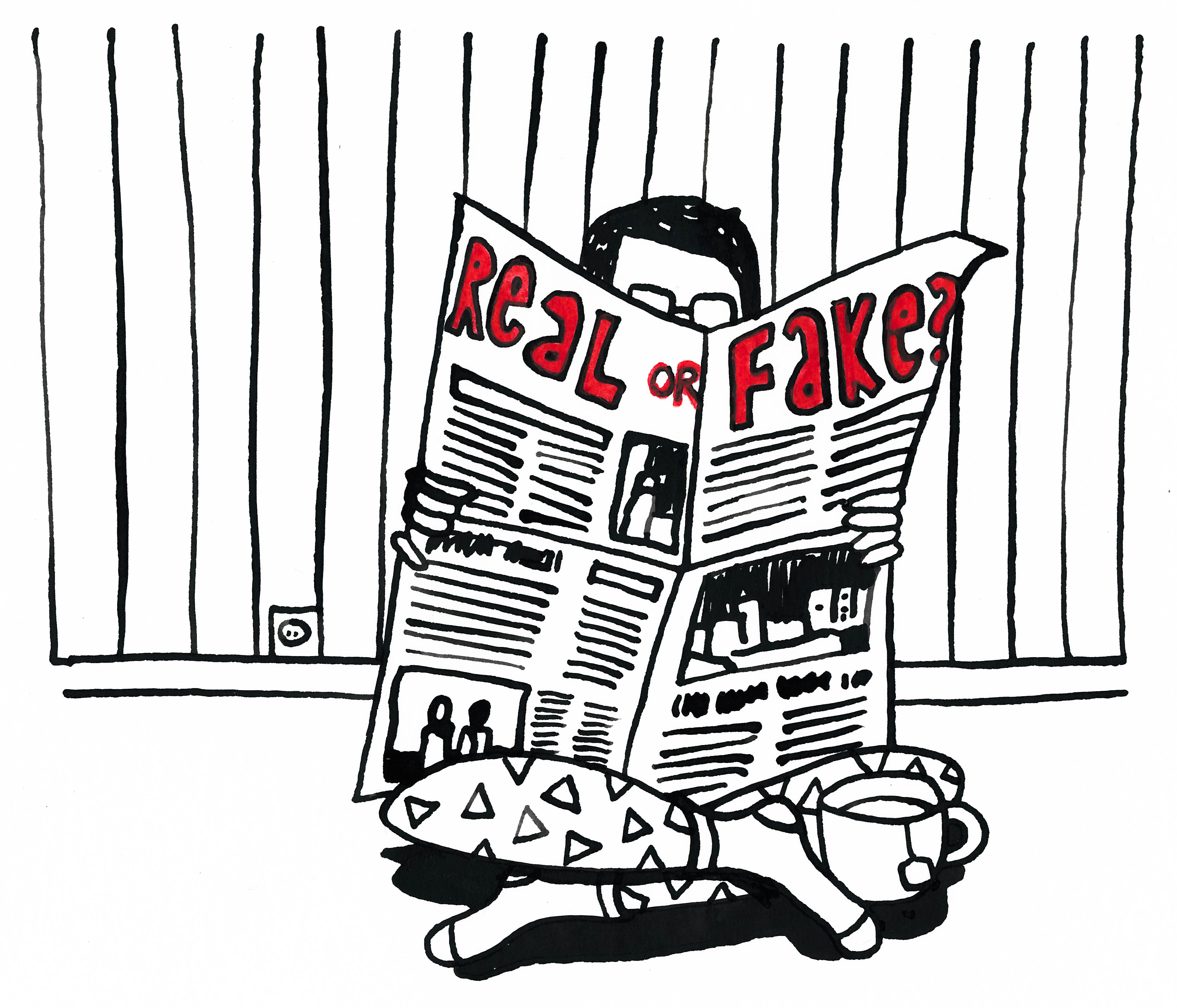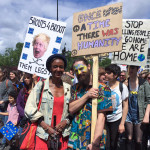Nowadays the word ‘post-truth’ is the indisputable protagonist of both journalism and the political debate, thus becoming one of the biggest issues of our time. But what is it? Let’s look into the topic with the analysis of Roberto Saviano.
By Iris Pase / 23.7.2017
In June, the municipal theatre in Treviso (northern Italy), crowded as it could be, hosted a lectio magistralis organised by the communication research centre ‘Fabrica.’ Entitled ‘Truth, never again. Chronicle and data analysis in the post-truth and false news era,’ the conference was held by Roberto Saviano, a famous Italian writer and journalist, author of bestsellers like ‘Gomorrah’ and ‘ZeroZeroZero’.
Overused and abused, the word ‘post-truth’ was named as Oxford Dictionaries Word of the Year in 2016, and refers to ‘circumstances in which objective facts are less influential in shaping public opinion than appeals to emotion and personal belief.’ In simple terms, post-truth is inevitably linked to a lack of information but abundance of emotion: a statement’s or an event’s veracity is no longer important for either the authorities or the public because what matters is that ideas and claims appeal to one’s audience, and that potentially they can make it grow. Take, for instance, the case of Kellyanne Conway, a senior White House aide: when confronted with the evident mystification of the numbers of attendees at Trump’s inauguration, she maintained that Sean Spicer the press secretary was merely offering alternative facts. The problem is that alternative facts are not facts, but rather their manipulation.
Contemporary political rhetoric plays with people’s beliefs and instincts in order to engender reactions dictated by passion rather than rationality; unfortunately, post-truth often arouses negative emotions that lead to furious and violent events. It’s worth keeping in mind, however, that this is no one-way process, since beliefs are not just exploited or piloted, but they can seemingly serve as a verification and legitimisation. Just remember how Trump used public opinion to justify his claim of not having won the popular vote due to millions of fraudulent votes simply by stating: ‘Everyone believes it.’

Illustration: Luzie Gerb
In further explanation and demonstration of the phenomenon, Roberto Saviano brought up several examples, for instance: during the US election, Ending the Fed claimed that Pope Francis endorsed Donald Trump, thus shocking the world. The story, being shared by both those who believed it and those who didn’t, maybe to mock or criticise it, travelled around the globe and unfortunately was taken to be real for a few hours. Although extremely influential from a political point of view this piece of fake news at least didn’t contribute to the occurrence of criminal events as did the ‘Pizzagate’ affair. As was common during the 2016 elections, a conspiracy theory went viral, spreading all over the US. It claimed that a number of restaurants were involved in human trafficking and paedophilia. Determined to investigate the matter on his own, 28-year-old Edgar Maddison Welch fired on the pizzeria ‘Comet Ping Pong’ in Carolina, a fictitious child-sex ring, in December 2016. Fortunately, no one was harmed, but the man damaged walls, the door, the desk and could have easily destroyed lives.
Are we out of our minds? Do we want to be fed lies? Are we being deceived by some sort of underlying massive conspiracy? The journalist denied the existence of a conspiracy or corporation behind it, he rather concentrated on social media, on the way news is perceived and gathered and how people’s mindsets have been profoundly impacted by the expansion of our now fast-paced world. Quoting Eduardo Galeano, Mr. Saviano said: ‘When we got all the answers, they changed the questions.’ That’s exactly what happened with social media: rules changed, a new way of communication and human interaction developed, thus altering our perspective on the world and the way we perceive and know things. Saviano underlined how contemporary individuals focus on short-term purposes: everything must be done and achieved now, results must be seen immediately, we don’t have time for long-term processes. We don’t read a full, deep analysis, we prefer a tweet. According to a recent estimate, 70% of young Americans read news on Facebook, thus trusting a far less accurate source than a newspaper article which could offer an in-depth view. We need time to articulate thoughts and shape opinions, but it’s far easier to read a four-line story than to stop, avoid checking notifications for ten minutes and try to understand the issue.
Virality is becoming synonymous with superficiality, a lack of valid content, and we can see it in the astonishing success of Kim Kardashian, a beautiful young woman who’s famous for not having skills or talent, except showing her backside. She’s viral because she doesn’t stand for anything, she doesn’t have anything to convey. This is why her rhetoric is so inclusive. Opinions exclude, they leave out those who don’t agree with you, since they might ‘leave’ and unfollow you.
But how can we handle the complexity of life if we hang on to this shallow and ignorant attitude? How can we overcome the post-truth era? We need to take our time to read, reflect, isolate ourselves from the fast flux of this spinning world and think. Great ideas can’t rise from a continuous state of opacity of the mind, endlessly focused on social media, notifications, sharing and tweeting. We need the time to metabolise what surrounds us and exercise our critical thinking. It’s the only way to avoid fake news becoming seen as admissible and to prevent politicians from taking advantage of our ignorance and abusing their power.
We can change things by being considerate citizens and humans: we need to read, not fall for stereotypes, carefully check and select our news sources, not let emotions rule our opinions, think, and maybe post-truth will one day be just a memory.






Recent Comments